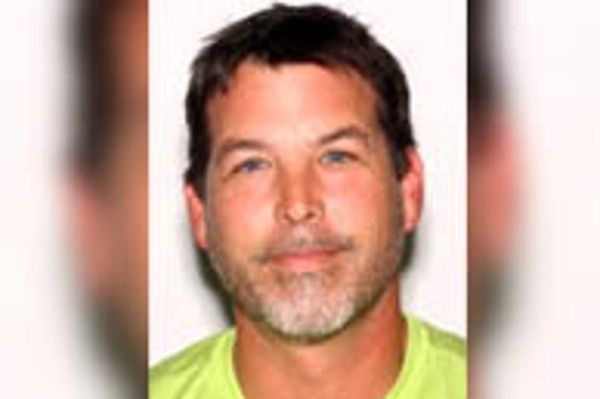Public Interest Journalism funded through NZ On Air.
The concept of whakapapa is central to William Hatton's approach to landscape architecture.
Hatton, of Ngāti Kahungunu, Ngāti Rongomaiwahine, Muaūpoko, Ngāti Raukawa ki te Tonga, and Rangitāne descent, says it influences how he perceives, understands and recognises the whenua (land).
"There are layers within whakapapa that we are all connected. Similarly, in my mahi, there are layers within the design and I want to make it known that we are one with the whenua. There is no separation."
The Hawke's Bay native is a cultural design adviser with Auckland firm Boffa Miskell, working on a range of projects that focus on private to public space.
Hatton says he is determined to challenge traditional approaches to landscaping, applying te ao Māori principles to design and processing. He looks at how the whenua moves, adapts and changes.
"Instead of designing for what we need, I like to design for what the whenua needs."
He takes a lead from his ancestors who designed their pā (fortresses) and māra kai (food garden) based around working with the whenua and natural systems to sustain the people.
"Our people were architects in their own right," he says.
/cloudfront-ap-southeast-2.images.arcpublishing.com/nzme/7PRC6ZVJW6WILCDSCHURBNG34M.jpg)
Hatton attributes his drive to his seniors at Victoria University. As a Māori researcher there he was able to explore the inclusion of mātauranga Māori (Māori knowledge) in landscape architecture.
That was the catalyst for him to focus specifically on landscape architecture.
"I'm taking kōrero of iwi and hapū [sub-tribes] to express design within our environments."
He is also excited about the growing interest in the field by other young Māori and the opportunity to "reclaim our identity in an urban environment."
"We whakapapa to the whenua. We belong to the whenua. And we should reconnect to the whenua for our health, identity and wellbeing."







